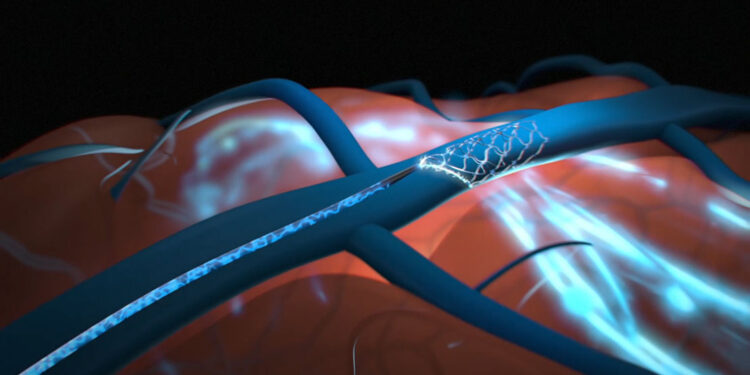Over the past few years, Elon Musk has cemented his status as a figure known to many families for leading in domains encompassing electric automobiles, space discovery, and solar development. However, it is arguably through Neuralink that he delves into the most contentious yet exhilarating challenges. In 2022 came his proclamation regarding the implantation of brain microchips on humans by Neuralink, which could bring about an overhaul concerning our engagement with technology overall, bearing repercussions far beyond the possibilities we can fathom today!
What is Neuralink?
Before delving into the ramification of embedding brain chips in human beings, comprehending what Neuralink refers to and its function is crucial. Composedly established in 2016, Neuralink primarily aims at producing implantable interfaces between machines and brains (BMIs). The BMIs are designed for humans to interact directly with computers and other devices through their thoughts.
You can read this similar topics article:
Elon Musk in 2022 neural link start to implantation of brain chips in humans
Over the past few years, the corporation has exhibited considerable advancement. Through various endeavors, Neuralink showcased its technology on creatures of differing species. A remarkable venture involved implanting a device within simian cerebrums, allowing them to engage in digital diversions through cognitive transmissions alone.
Implanting brain chips in humans
During the summer month of July in the year 2022, it was made public by Elon Musk that Neuralink could proceed with implanting brain chips within humans. This news stirred up enthusiasm and doubt among individuals who heard about it. People viewed this as a possible stride forward, allowing for new solutions to afflictions like Alzheimer’s disease, Parkinson’s disorder, and paralysis; however, others perceived it as an ominous milestone that may trigger dystopia where machines dictate human beings’ actions.
Irrespective of one’s stance, it is indubitable that implementing cerebral microchips in humans can revolutionize our world. It could facilitate us manipulating computers and other gadgets using just neural impulses, communicating without ever vocalizing a single word, or even amplifying our cognitive aptitudes beyond what we thought was feasible before.
Potential benefits of brain chips
Numerous advantages can be obtained from installing brain implants in humans. One potential use lies in providing disabled individuals with an opportunity to steer prosthetic limbs, enabling them to engage and manipulate their surroundings beyond previous capabilities. rajkotupdates.news : elon musk in 2022 neuralink start to implantation of brain chips in humans Furthermore, the technology could also offer a solution for treating diseases such as Parkinson’s or Alzheimer’s using stimulating designated regions within the brain.
The prospect of brain chips is, undoubtedly, a source of great excitement as it presents the possibility of augmenting our cognitive faculties. Its application could include refining memory or expediting skill acquisition, thereby generating far-reaching consequences for education and industry.
Potential risks of brain chips
Unquestionably, probable hazards are linked with the insertion of brain chips in humans. A particular worry is about how technology may be exploited to influence people’s behavior against their volition forcibly.
- This implies that an organization or state could deploy these implants to scrutinize and direct individuals’ actions, transforming them into controlled entities operating at someone else’s discretion, like marionettes on strings.
- Additionally, vexations have emerged regarding the lasting repercussions of an embedded chip within your cerebral cortex. Although Neuralink has assured that their microchips are innocuous and any hazards posed are negligible, there is still a lack of comprehension regarding the long-term consequences of embedding electronic devices inside human brains.
- Ultimately, reservations exist regarding the possibility of cybercriminals gaining entry to the chips and commandeering them from a distance. Such an occurrence might result in people being governed or steered without their cognizance or endorsement.
The future of brain chips
Notwithstanding the plausible hazards, the evolution of cerebral microchips will probably persist. The innovation can be strikingly revolutionary, and multiple firms and scientists are actively engrossed in fabricating advanced adaptations of this technology.
It bears mentioning that brain chips do not singularly allow us to interface with computers and related gadgets through our thoughts. Other technologies, such as electroencephalography (EEG) and functional magnetic resonance imaging (fMRI), have equal potential in detecting cerebral activity, which can be translated into machine commands.
Also, Read: The Following: NFL scores espn











Discussion about this post